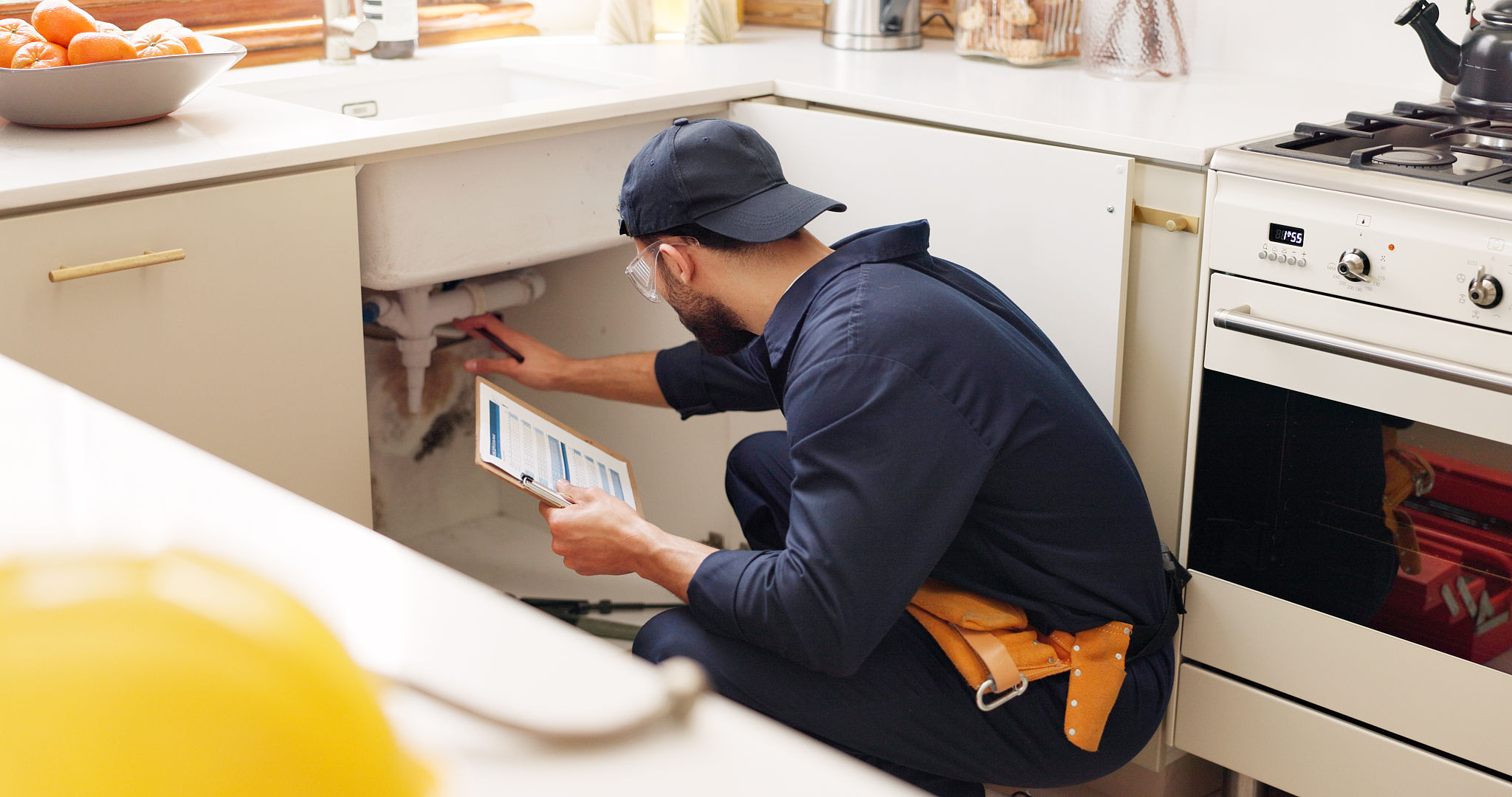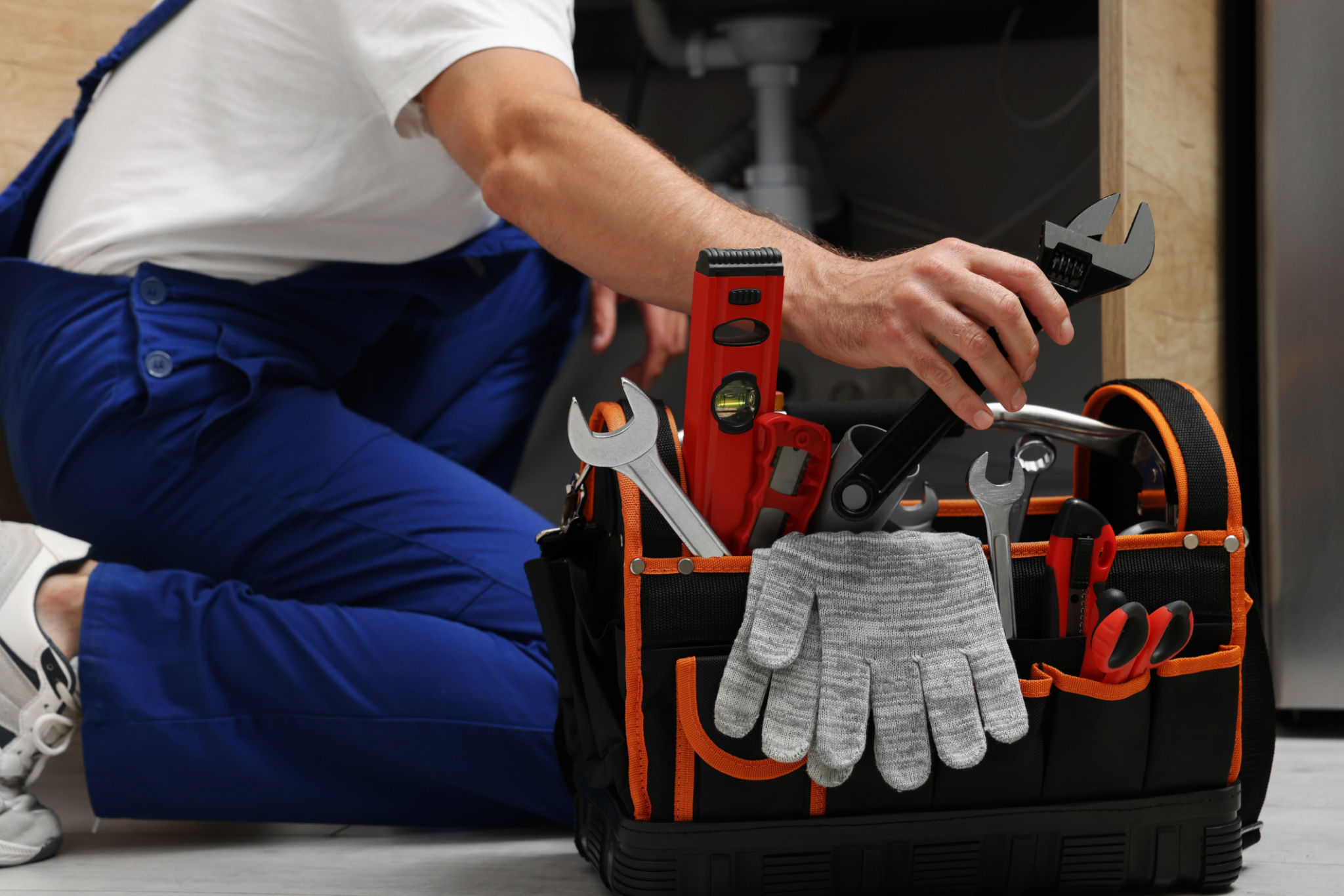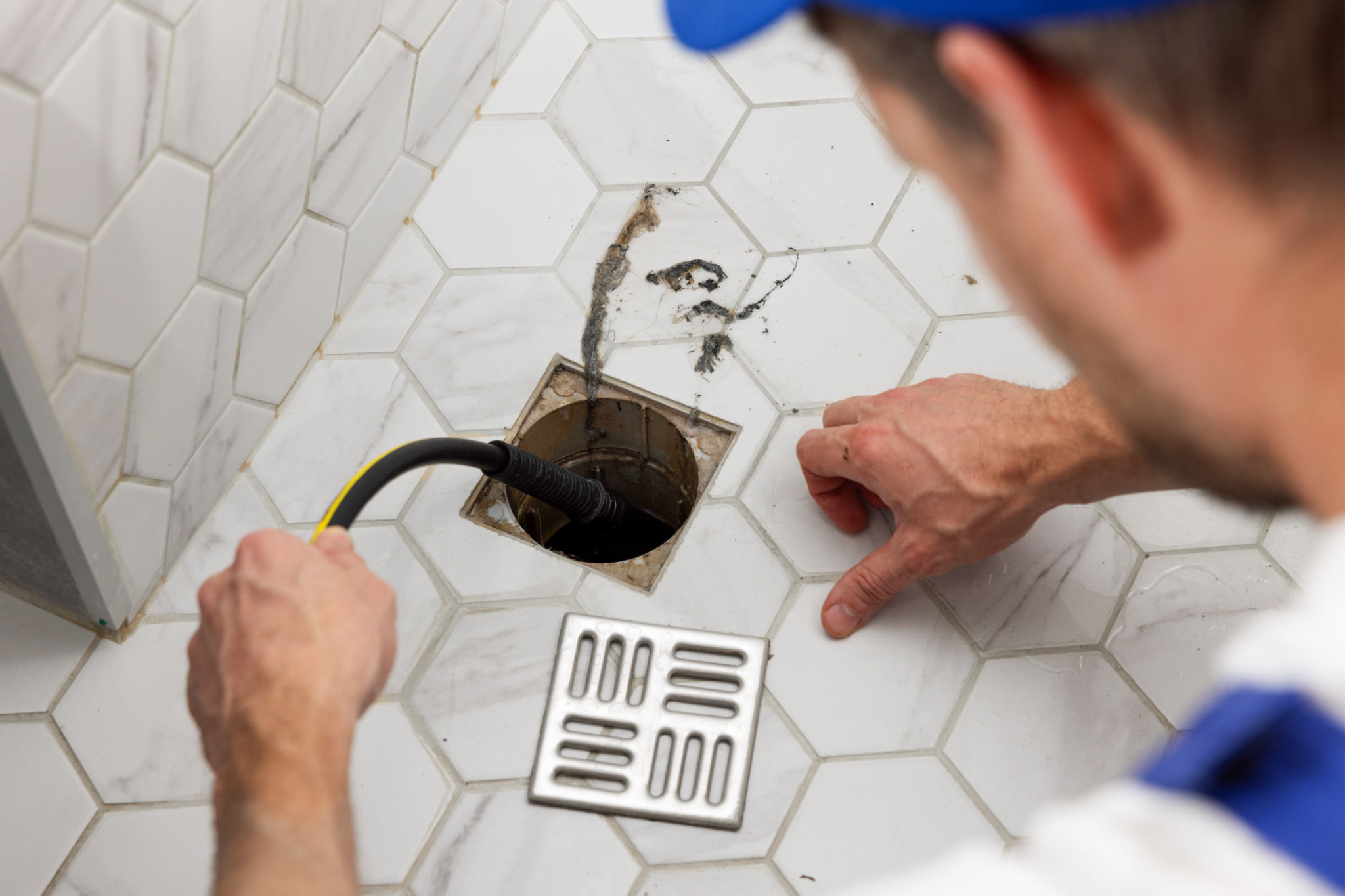DIY Guide: Fixing Common Plumbing Issues at Home
Understanding Your Home Plumbing System
Before diving into fixing plumbing issues, it's crucial to have a basic understanding of your home plumbing system. Most systems consist of two main subsystems: the water supply and the drainage system. The water supply brings clean water into your home, while the drainage system removes waste. Knowing how these systems interact can help you diagnose and fix problems efficiently.

Tools You’ll Need for DIY Plumbing Fixes
A successful DIY plumbing repair requires the right tools. Some essential tools include a pipe wrench, plunger, plumber's tape, and an adjustable wrench. Having these tools readily available can make your repair experience much smoother and more efficient.
Additional Tools and Supplies
In addition to the basics, you might find it helpful to have a drain snake, basin wrench, and a set of screwdrivers. Stock up on supplies like replacement washers, O-rings, and pipe sealant. With the proper tools and supplies, you’ll be prepared to tackle most common plumbing issues.

Fixing a Leaky Faucet
A leaky faucet is not only annoying but can also waste a significant amount of water over time. Most leaks are caused by worn washers or O-rings. To fix a leaky faucet, turn off the water supply, disassemble the faucet, and replace any worn parts. Reassemble the faucet and turn the water back on to check for leaks.
Step-by-Step Faucet Repair
- Turn off the water supply under the sink or at the main valve.
- Remove the handle by unscrewing it.
- Take out the stem and replace any worn washers or O-rings.
- Reassemble all components and test for leaks by turning the water back on.

Unclogging Drains
Clogged drains are another common plumbing issue in many households. Hair, soap residue, and food particles can easily cause blockages. A plunger is often sufficient for minor clogs, but for more stubborn blockages, a drain snake or chemical drain cleaner may be necessary.
Preventing Future Clogs
To prevent future clogs, use drain covers to catch debris and regularly clean your drains with a mixture of baking soda and vinegar. This simple solution can help dissolve small buildups before they become major issues.

Dealing with Low Water Pressure
Low water pressure can be frustrating and is often caused by sediment buildup in pipes or fixtures. Begin by cleaning showerheads and faucets to remove any sediment. If the problem persists, check your main water valve to ensure it is fully open.
Troubleshooting Water Pressure Issues
- Inspect aerators: Remove and clean aerators on faucets to improve flow.
- Check for leaks: Inspect pipes for leaks or damage that could affect pressure.
- Contact a professional: If these steps don’t resolve the issue, consider contacting a professional plumber.
Tackling common plumbing issues at home can save you time and money. By understanding your plumbing system and having the right tools and knowledge, you can confidently address these problems. However, always know when to call in a professional if a problem proves too challenging or unsafe to handle yourself.
